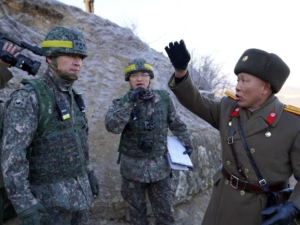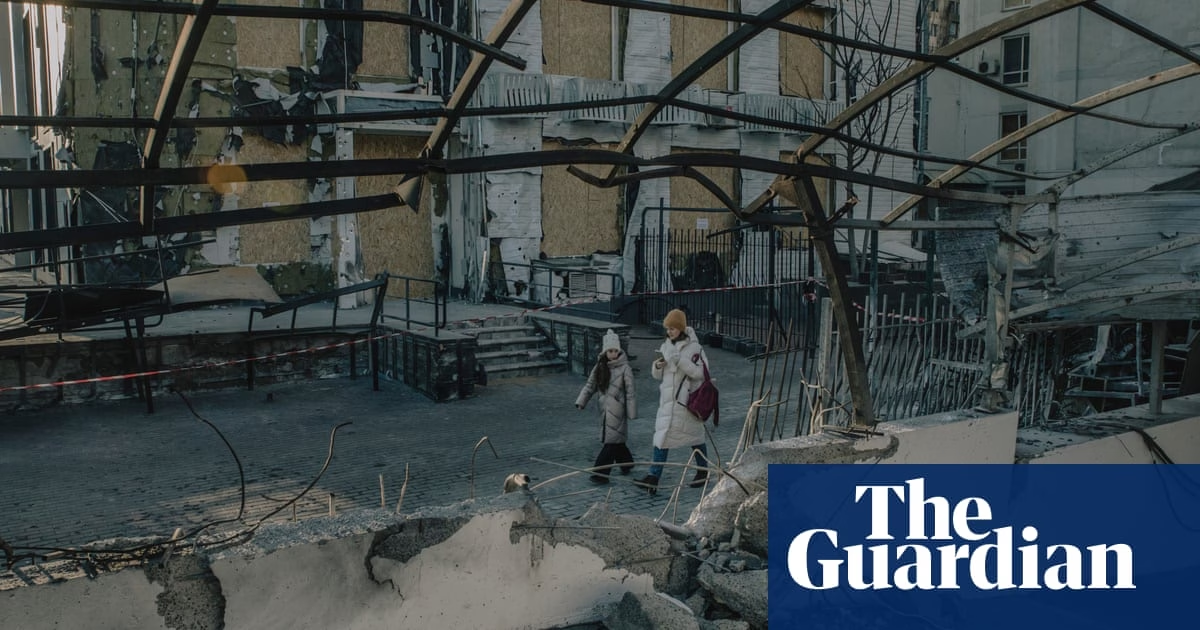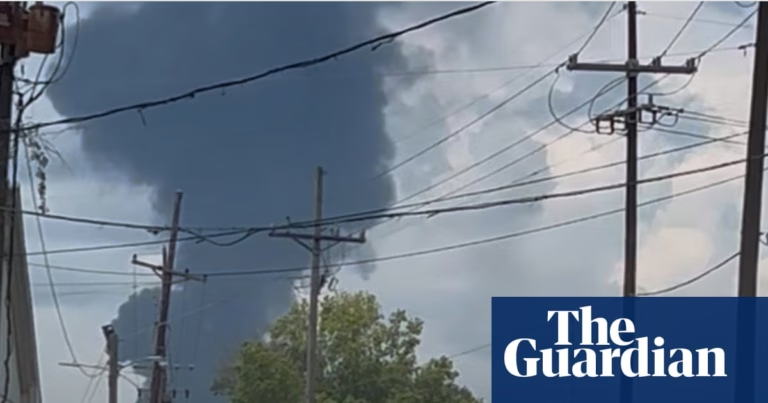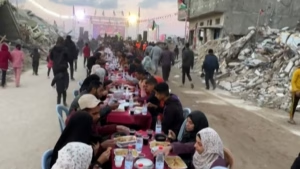<
div>
Olena Palash heard a loud buzzing above her flat in the Ukrainian port of Odesa. It was 11pm. First one drone, and another, then more. Soon afterwards, one of the Shaheeds crashed into the children’s clinic where she works. An explosion shredded the building’s facade. The metal covering of a car park was remade into a spaghetti-like jumble. Another drone smashed into a nearby kindergarten.
The attack on 18 February knocked out a substation and plunged some of the city into darkness. Four people were injured, including a 10-year-old girl, and 80,000 were left without heat. Russia’s air war in the skies above Ukraine is nothing new. But since negotiations began between the US and Russia – talks from which Kyiv has been excluded – the raids have got dramatically worse.
Last week the Kremlin dispatched a record 267 drones on the third anniversary of Russia’s full-scale invasion. Over the weekend, two civilians have been killed, and at least 20 injured, in raids across the country. Each strike brings fresh misery to a war-weary population. And, latterly, they fan something else: anger at Donald Trump, whose humiliating treatment of Volodymyr Zelenskyy on Friday in the White House caused outrage and dismay.
Even before the car-crash encounter in the Oval Office, there was consternation over the US president’s increasing closeness to Moscow. Trump has blamed Ukraine for starting the war that began with Russia’s invasion and was accused by Zelenskyy of existing in a Russian “disinformation bubble”. On Friday, Washington terminated its programme to help repair Ukraine’s disrupted energy grid. Deliveries of US weapons could soon stop as well.
“Everything is back to front. After three years of war, I’m astounded. Trump doesn’t understand who the aggressor is,” Palash said, showing off her clinic’s gutted laboratory. Air conditioners dangled from the ceiling, next to a broken blood-testing machine. “I thought Trump understood justice. Someone has given him wrong information,” she said, asking: “The Russians destroy everything and we are the aggressors?”
“This was the best children’s medical clinic in Ukraine. We made it with love. The work of five years got destroyed in one minute.” Odesa’s residents were bleary-eyed and on edge, she said, bracing for the next impact. “Shaheed drones fly over us every night. Rockets hit frequently. From Crimea it takes a minute to arrive. There’s no time to hide. We didn’t expect a drone attack on our workplace. It was terrible.”
The attack on Odesa’s Kyivsky district involved 15 drones – a typical Kremlin swarm tactic. It came on the same day that Russia’s foreign minister, Sergei Lavrov, told his US counterparts that Moscow did not target civilian infrastructure. Previously, on 31 January, three ballistic missiles had crashed into the city’s historic Unesco-listed centre. The first exploded in front of the neo-classical Bristol hotel, used by foreign visitors, and adorned with statues.
<
p class=”dcr-s3ycb2″>The blast ripped the face and left arm from a white-painted caryatid. The second missile plunged through the hotel’s conference room, gouging a large hole. The third careened into a corner. The hotel’s interior was wrecked. Rubble cascaded down its sweeping staircase and into guest bedrooms. Remarkably, no one was hurt. A Swedish
Source: https://www.theguardian.com/world/2025/mar/02/odesa-ukraine-russian-airstrikes-donald-trump-vladimir-putin









